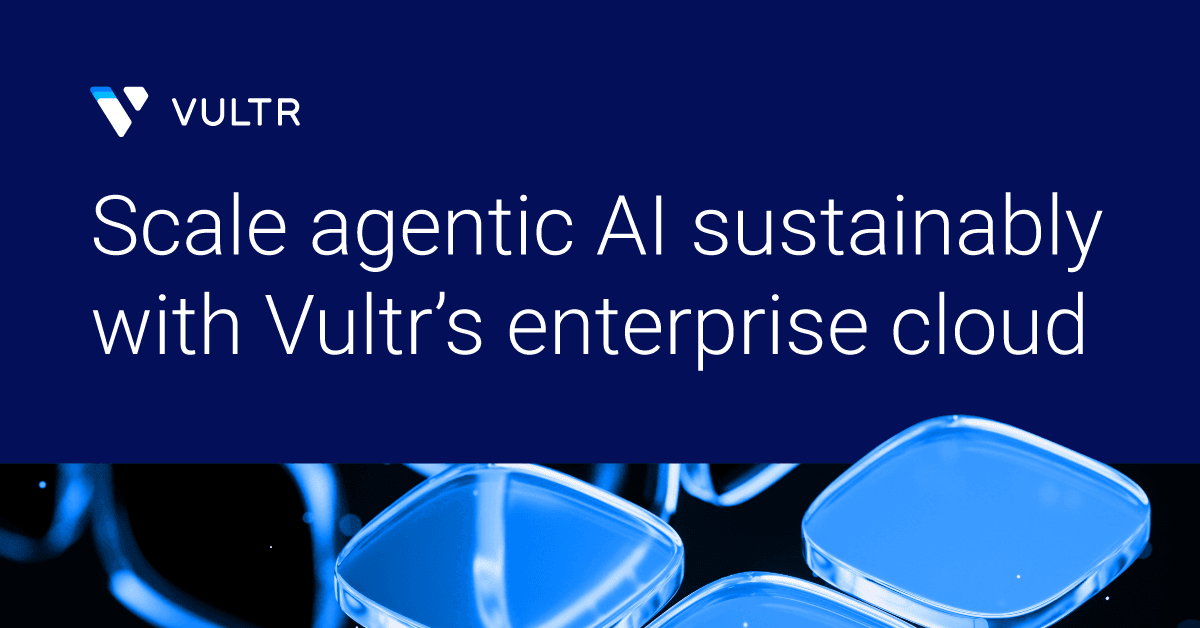Agentic AI is advancing at breakneck speed. But many projects fall apart when transitioning from pilot to production.
Our new whitepaper, AI, Interrupted: Why 40% of Agentic AI Projects Will Fail — and How to Build for the 60% That Won’t, details why.
Gartner predicts that by the end of 2027, more than 40% of agentic AI projects will be canceled before they reach full deployment. This is largely because most enterprise environments aren’t prepared to support them.
Early AI pilots are usually isolated initiatives led by data science teams working independently. They may demonstrate technical feasibility, but they break down under governance, compliance, and scalability demands.
Platform engineering offers a better path. It defines infrastructure as governed, reusable components and incorporates AI workloads directly into enterprise workflows, ensuring production requirements are addressed upfront instead of retrofitted later. Organizations that shift from isolated pilots to platform-led development can avoid common failure points and sustain AI systems at enterprise scale.
Enterprises can move beyond experimentation and turn AI into a durable business capability by understanding the weaknesses of the pilot approach and the strengths of the platform approach across governance, scalability, and cost.
From bolt-on governance to built-in controls
Pilot approach
In many early pilots, governance and compliance are treated as afterthoughts. Teams move quickly to assemble proof-of-concept environments, often bypassing requirements like access control, data lineage, and policy enforcement. These shortcuts may not be visible in the pilot phase, but they become glaring during enterprise GRC reviews. What looks like a successful prototype suddenly faces a hard stop when compliance gaps and missing controls surface.
Platform approach
Platform engineering embeds governance into the infrastructure itself, enforcing guardrails by default. Pre-composed templates ensure encryption, retention policies, and role-based access are not optional add-ons but part of the standard operating model.
From single-region pilots to global scale
Pilot approach
Pilots often succeed in controlled, single-region environments where variables are limited. While this makes for a convenient testbed, it creates blind spots around global deployment. As soon as organizations attempt to extend workloads beyond the pilot region, they encounter latency, resilience, and regulatory issues. Without strategies for multi-region provisioning or workload distribution, these projects cannot meet enterprise demands and stall before reaching production.
Platform approach
Platform engineering assumes scale from the beginning. Multi-region provisioning and workload distribution are not afterthoughts but core design requirements. Infrastructure patterns anticipate resilience, failover, and global compliance obligations, allowing teams to expand AI workloads across geographies with confidence. Exposing these patterns through internal developer platforms makes them repeatable, so teams can deploy in multiple regions without reinventing the architecture every time.
From runaway costs to governed efficiency
Pilot approach
Speed is often the priority in pilot projects, with teams provisioning GPUs, CPUs, storage, and networking resources as quickly as possible. Cost optimization is rarely considered, since the focus is on proving that a concept works. But when enterprises calculate what it will take to scale these same workloads, costs projections skyrocket. GPU clusters that were affordable in small testing environments balloon into budget-breaking expenses in production, forcing organizations to pause or cancel promising initiatives.
Platform approach
With platform engineering, resource allocation is planned around production requirements, balancing performance with budget discipline. Standardized orchestration practices keep utilization efficient and prevent pilots from becoming financially unsustainable at scale. This gives enterprises confidence that AI systems can deliver lasting value without exhausting budgets.
Make AI a core business capability
Pilots have their place, but they cannot carry enterprises into the AI-native era. Initiatives that move fast without governance, scale, or cost discipline will continue to stall at the production threshold.
Platform engineering makes AI sustainable as a business capability. By embedding workloads into standardized infrastructure and operating models, it transforms fragile prototypes into resilient systems that deliver lasting enterprise value.
For organizations investing in agentic AI, the choice is clear: Move beyond isolated pilots and build on foundations that carry AI into the core of the business.
Want to gauge the maturity of your organization’s infrastructure? Explore our comprehensive whitepaper, AI, Interrupted: Why 40% of Agentic AI Projects Will Fail — and How to Build for the 60% That Won’t, for a deeper look at how platform engineering sets the foundation for sustainable AI.

